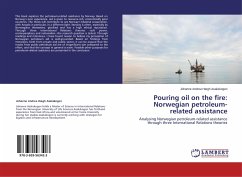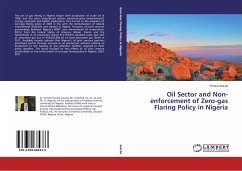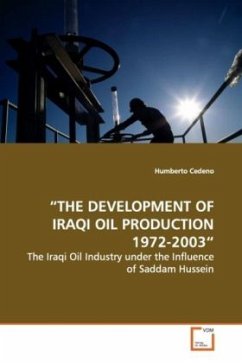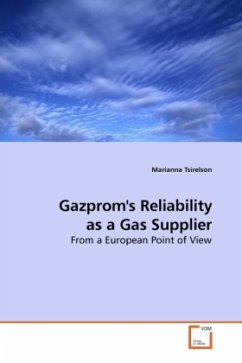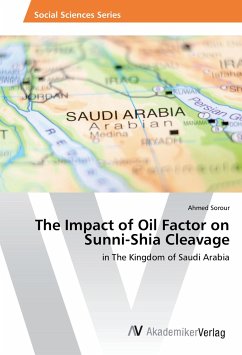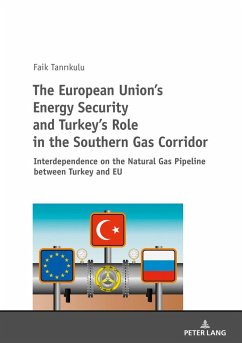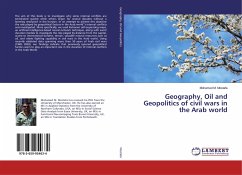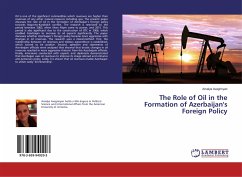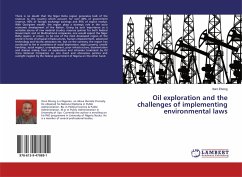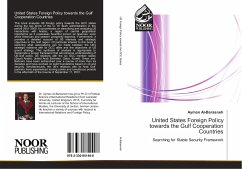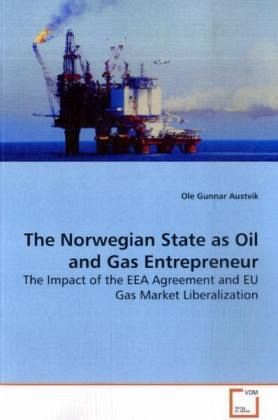
The Norwegian State as Oil and Gas Entrepreneur
The Impact of the EEA Agreement and EU Gas Market Liberalization
Versandkostenfrei!
Versandfertig in 6-10 Tagen
52,99 €
inkl. MwSt.

PAYBACK Punkte
26 °P sammeln!
This book analyzes how Norway s integration with the European Union has contributed to change the Norwegian state s oil and natural gas entrepreneurship from the 1990s.The point of departure is that the Norwegian state was engaged in her petroleum industry from the 1970s as producer, regulator, law-maker and political and economic risk-taker. As a political entrepreneur the state could define social goals for activities and use regulative, legal and political measures to reach goals that private entrepreneurs do not have at their disposal. The European Economic Area (EEA) agreement challenged ...
This book analyzes how Norway s integration with the
European Union has contributed to change the
Norwegian state s oil and natural gas
entrepreneurship from the 1990s.
The point of departure is that the Norwegian state
was engaged in her petroleum industry from the 1970s
as producer, regulator, law-maker and political and
economic risk-taker. As a political entrepreneur the
state could define social goals for activities and
use regulative, legal and political measures to
reach goals that private entrepreneurs do not have
at their disposal.
The European Economic Area (EEA) agreement
challenged and changed the way the Norwegian state
could continue the control and innovation of her
comprehensive petroleum model.
Norway adapted eventually de jure to EU directives
and competition law. At the same time she gave their
contents and interpretations a de facto Norwegian
flavor.
The analysis sheds some light on European
integration
and variations in regulatory reform, and should be
useful to people in academia, governments and
regulatory authorities, professionals in the energy
industry, as well as the general public.
European Union has contributed to change the
Norwegian state s oil and natural gas
entrepreneurship from the 1990s.
The point of departure is that the Norwegian state
was engaged in her petroleum industry from the 1970s
as producer, regulator, law-maker and political and
economic risk-taker. As a political entrepreneur the
state could define social goals for activities and
use regulative, legal and political measures to
reach goals that private entrepreneurs do not have
at their disposal.
The European Economic Area (EEA) agreement
challenged and changed the way the Norwegian state
could continue the control and innovation of her
comprehensive petroleum model.
Norway adapted eventually de jure to EU directives
and competition law. At the same time she gave their
contents and interpretations a de facto Norwegian
flavor.
The analysis sheds some light on European
integration
and variations in regulatory reform, and should be
useful to people in academia, governments and
regulatory authorities, professionals in the energy
industry, as well as the general public.



